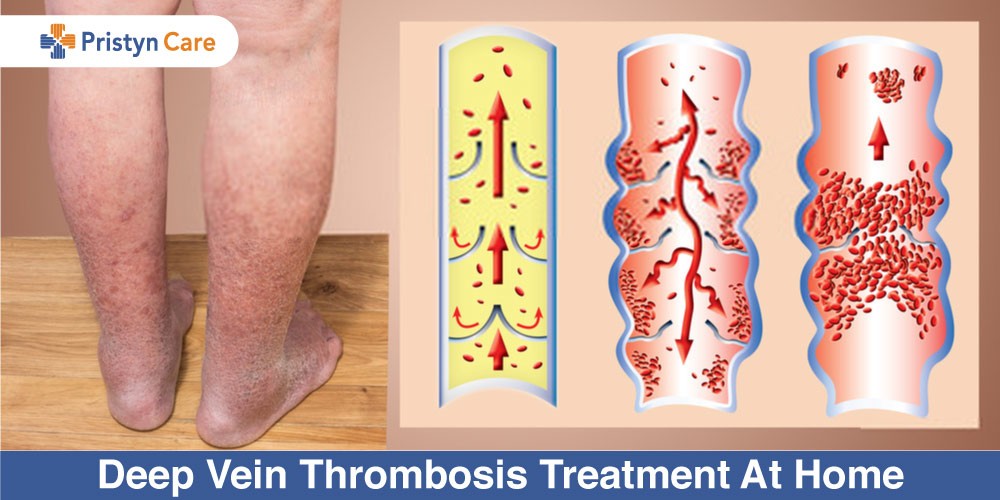

If they think you're more likely to get DVT, you may be given treatment to prevent it, such as medicine or compression stockings (knee-high elastic socks that help your blood circulation), while you're in hospital. If you go into hospital, your healthcare team should check if there's a higher chance you'll get DVT. If you're travelling for 3 hours or more by plane, train or car, there are things you can do during the journey to lower your chances of getting DVT. There are things you can do to lower your chance of getting DVT (deep vein thrombosis).ĭo not sit still for long periods of time – get up and move around every hour or soĭo not cross your legs while you're sitting
#DEEP VEIN THROMBOSIS HOW TO#
How to prevent DVT (deep vein thrombosis)

How DVT (deep vein thrombosis) is diagnosed Sometimes DVT can happen for no obvious reason. are pregnant or if you've had a baby in the previous 6 weeks.go on a long journey (more than 3 hours) by plane, car or train.are staying in or recently left hospital – especially if you cannot move around much (like after an operation).There are also some times when you have a higher chance of getting DVT. Who is more likely to get DVT (deep vein thrombosis)Ī DVT (deep vein thrombosis) is more likely to happen if you: This is called a pulmonary embolism.Ī pulmonary embolism can be life-threatening and needs treatment straight away. Used appropriately these rules will improve patient care.You have symptoms of DVT (deep vein thrombosis), such as pain and swelling, and:ĭVT can be very serious because blood clots can travel to your lungs. Recognizing the power of a simple concept, derived essentially from Bayes theorem, that discordance between the clinical PTP and the test result should raise suspicion of a false negative test (if high PTP) or false positive test (if low PTP), we sought to derive prediction rules for suspected DVT and for suspected PE. The importance of Clinical pretest probability is underutilized in medicine. It is a very serious condition that can cause. Do the history and physical exam first and decide if VTE is a diagnostic possibility!ĭr. Deep vein thrombosis (DVT) is the formation of a blood clot, known as a thrombus, in the deep leg vein.

The monster in the box is that the D-dimer is done first and is positive (as it is for many patients with non-VTE conditions) and then the physician assumes that VTE is now possible and then the model is done. it should not be applied to all patients with chest pain or dyspnea or to all patients with leg pain or swelling. The model should be applied only after a history and physical suggests that venous thromboembolism is a diagnostic possibility.


 0 kommentar(er)
0 kommentar(er)
